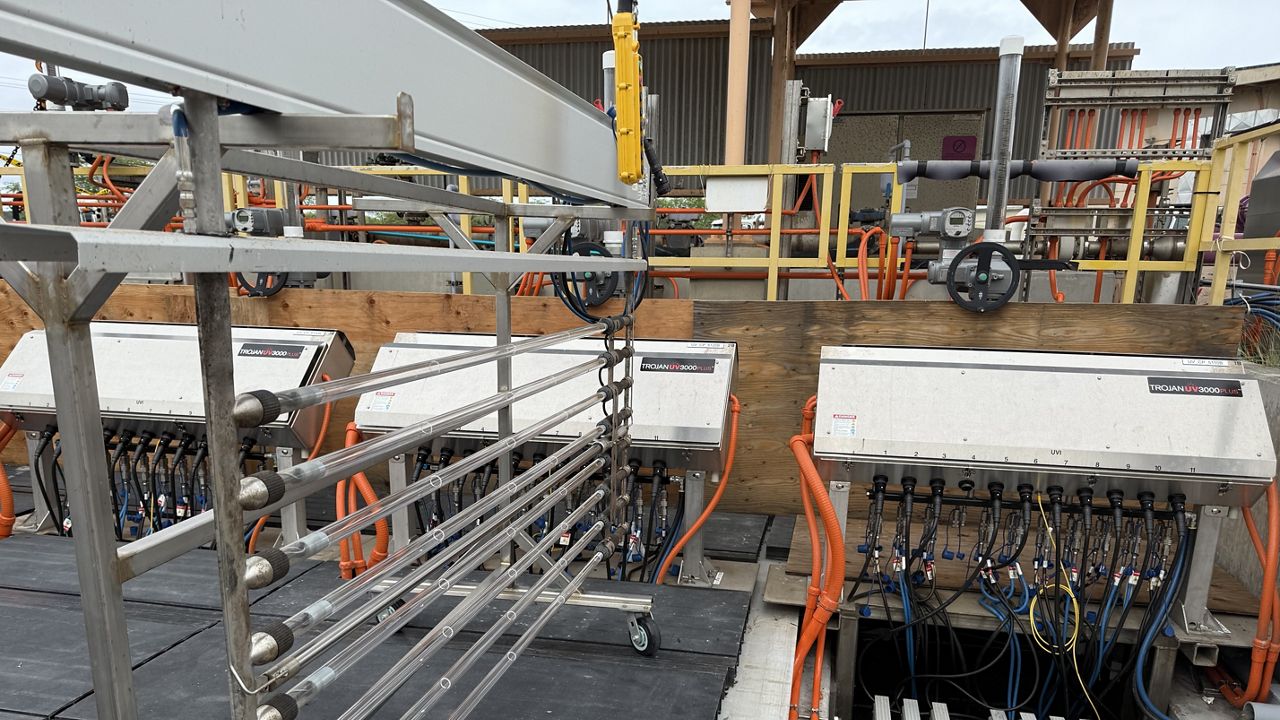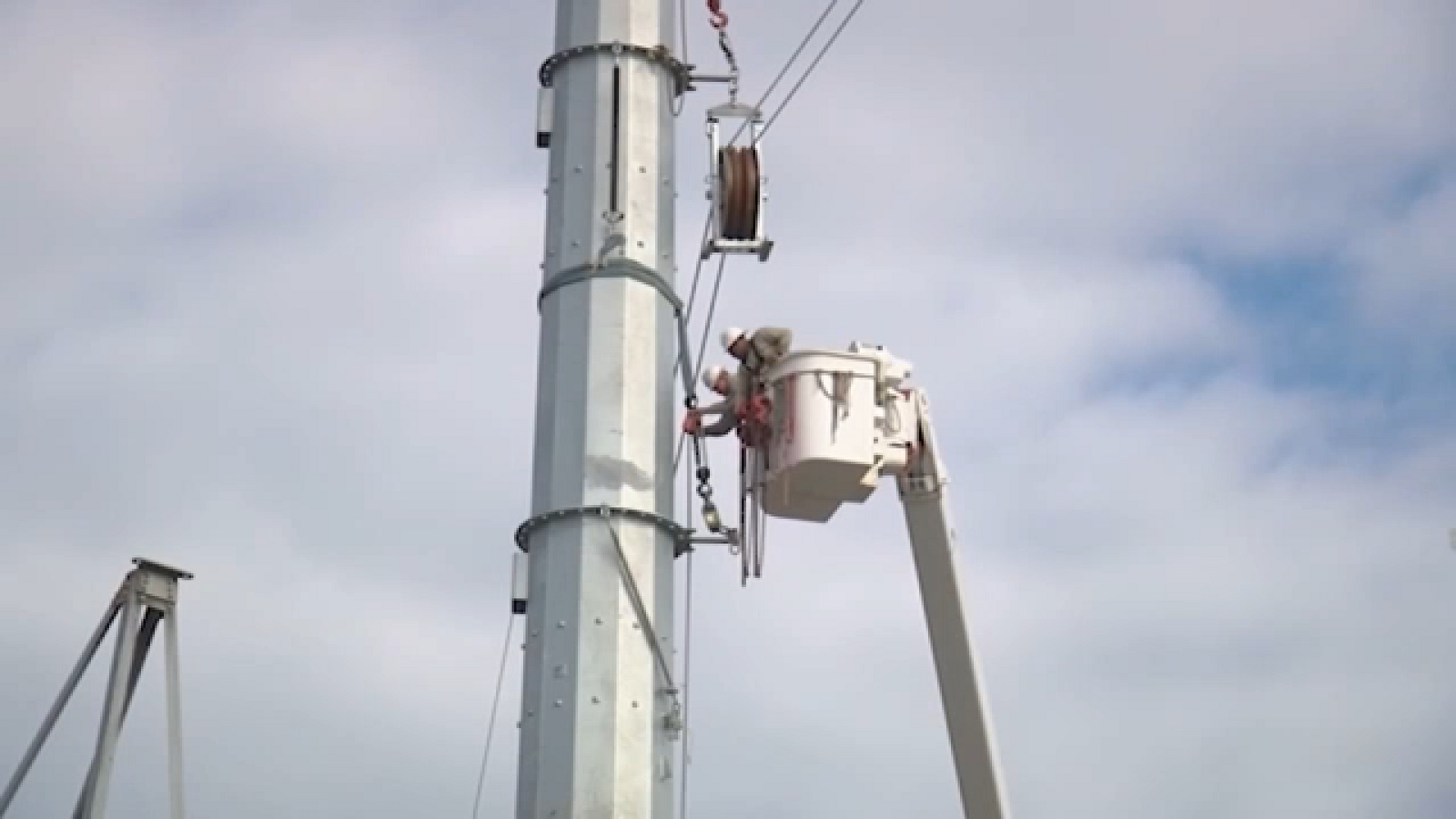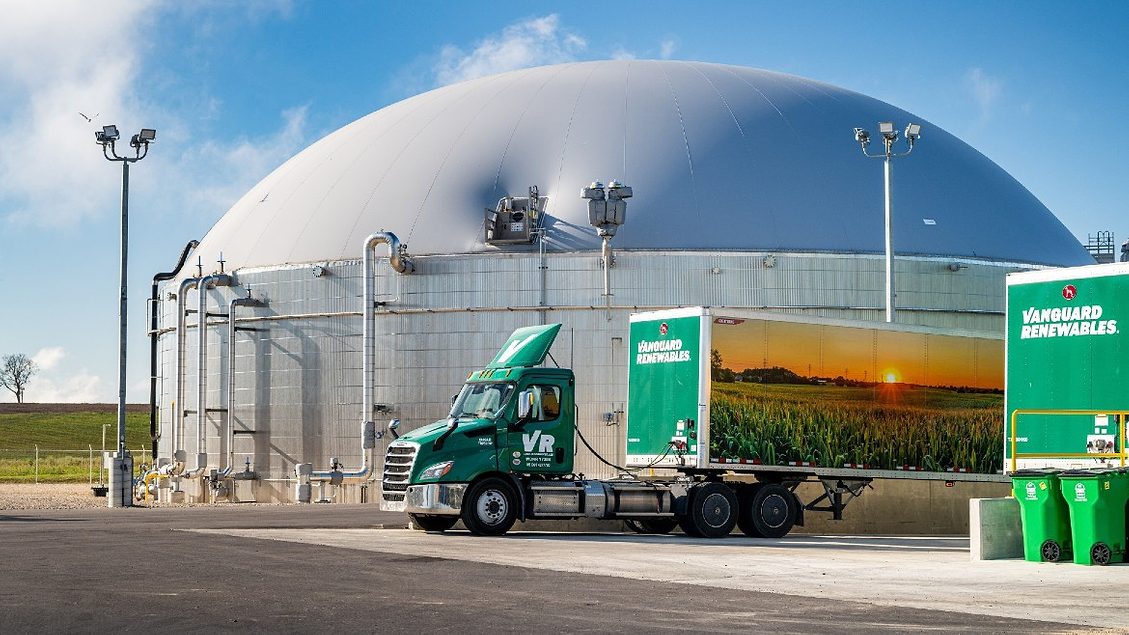Zero-Emission Ports: Strategies and Technologies for Carbon-Neutral Port Operations
Exploring the maritime sector's shift towards sustainability, this article delves into strategies for zero-emission ports. From electrification to smart technologies and community collaboration, discover how ports are navigating the challenge to reduce their carbon footprint and lead in environmental responsibility.

Did you know that a single ship emits an annual average of 140 million metric tons of carbon dioxide? Bulk carriers even outrank this number, releasing about 440 million metric tons of carbon dioxide each year. Ports, with their constant activity and extensive machinery, are often subject to environmental impact monitors due to their significant contribution to greenhouse gas (GHG) emissions.
With the growing global focus on carbon neutrality, the nautical sector is under increasing pressure to adopt greener practices. Zero-emission ports—those that emit no GHGs during their operations—represent the future of maritime infrastructure. This article examines the strategies and technologies that can help make sustainable port operations a reality.
1. Electrification of Port Equipment
Many ports predominantly use diesel-powered equipment. This choice has historical roots, given diesel's high energy density and the demanding port tasks. However, such engines, especially older or poorly maintained ones, release pollutants like nitrogen oxides (NOx), particulate matter (PM), and carbon dioxide (CO2). These emissions harm air quality, contribute to global warming, and are detrimental to public health. Thus, transitioning to electric vehicles and machines used can significantly reduce emissions.
For instance, electric cranes can help eliminate point-of-source emissions at the port because diesel no longer needs to be burned. Also, battery-powered forklifts can now handle the heavy loads typical at ports, thanks to advancements in battery technology. Additionally, electrification has the added benefit of decreasing noise pollution.
2. Shore Power Systems
Ships, when docked, often keep their engines running to maintain onboard operations. This continuous burning of fuel contributes massively to port emissions. Shore power systems—sometimes called "cold ironing"—allow ships to draw electricity from the port's grid, negating the need to run their engines.
While Implementing shore power requires considerable upfront investment, such as installing transformers and upgrading the port's electrical infrastructure, the environmental and health benefits can be substantial. This strategy is currently most beneficial to specific types of vessels, primarily those with longer port stays. But as technology advances further, it is hoped that ships with quicker turnaround times can eventually enjoy its advantages.
3. Sustainable Port Design
As new ports are constructed or old ones renovated, incorporating sustainable design principles can make a substantial difference. This includes utilizing renewable energy sources like wind or solar, optimizing layouts for efficient cargo movement, and integrating green spaces to absorb carbon and combat the urban heat island effect. Here are some excellent examples:
-
Solar panels on warehouses, administrative buildings, or ground mounts generate clean energy and reduce dependence on non-renewable power sources.
-
Designing with efficient layouts can minimize the distance cargo has to travel. This reduces the time and energy expended in moving goods, thus curtailing emissions.
-
Using sustainable, recycled, or low-carbon materials like recycled steel and eco-friendly concrete mixes in port construction can drastically reduce the environmental impact.
-
Incorporating systems like rainwater harvesting, wastewater recycling, and sustainable drainage can significantly reduce water consumption and prevent runoff pollution.
4. Alternative Fuels for Vessels
Biofuels, hydrogen, and ammonia are gaining prominence as potential replacements for traditional bunker fuel in maritime vessels. Derived from renewable sources, biofuels, like biodiesel or bio-methanol, reduce carbon footprints. Hydrogen, when used in fuel cells, only emits water vapor, offering a zero-emission solution. Ammonia, although still in its developmental phase for marine propulsion, presents a carbon-free option when combusted.
By adopting these fuels, the maritime industry can decrease dependency on volatile fossil fuel markets and align with global sustainability targets.
5. Digitalization and Smart Port Initiatives
Technological advancements offer immense possibilities for enhancing port efficiency. Let's look at a couple of ways that these have boosted the zero-emissions campaign for ports:
-
Artificial Intelligence (AI): AI's sophisticated algorithms can predict equipment maintenance needs, optimize cargo loading and unloading schedules, and streamline traffic management within port premises.
-
Internet of Things (IoT): By embedding sensors in cranes, trucks, containers, and other equipment, ports can gain real-time insights into their operations. This interconnectedness ensures effortless coordination, reduces equipment downtime, and enhances safety protocols.
-
Digital Twin Technology: This involves creating a digital replica of the physical port. With real-time data feeding into this model, operators can run simulations to predict how changes affect operations, allowing for preemptive adjustments that can save energy and reduce emissions.
6. Carbon Capture and Storage (CCS)
Emerging technologies aim to capture carbon emissions directly from the source, store them underground, or use them in other applications. While still in its infancy for port applications, CCS presents a promising solution to mitigate emissions from any remaining fossil-fuel-based operations directly.
Beyond storage, captured CO2 can be repurposed. Emerging technologies are exploring ways to convert this carbon into valuable products, ranging from biofuels to construction materials. For ports, this presents a solution for emissions and an avenue for potential revenue generation.
7. Community Engagement and Collaboration
Involving local communities in decision-making fosters better relationships and leads to innovative, grassroots solutions to environmental challenges. Additionally, ports can collaborate with purpose-driven organizations, such as the Social Impact Movement (SIM), to share best practices and lessons learned and leverage collective buying power for green technologies.
8. Continuous Monitoring and Feedback
Establishing robust monitoring systems to track emissions and environmental impact is crucial. Only by understanding the extent of emissions can ports effectively strategize on reductions. Feedback loops ensure that strategies are refined over time, leading to continuous improvement.
The Takeaway
Achieving zero-emission ports is a challenging yet attainable goal. Through integrating innovative technologies, revising design principles, and robust global collaboration, ports can pioneer the creation of sustainable maritime hubs. These strategies bolster environmental health and establish ports as progressive, accountable pillars in an ever-changing global landscape.
What is Your Reaction?
 Like
0
Like
0
 Dislike
0
Dislike
0
 Love
0
Love
0
 Funny
0
Funny
0
 Angry
0
Angry
0
 Sad
0
Sad
0
 Wow
0
Wow
0








































































